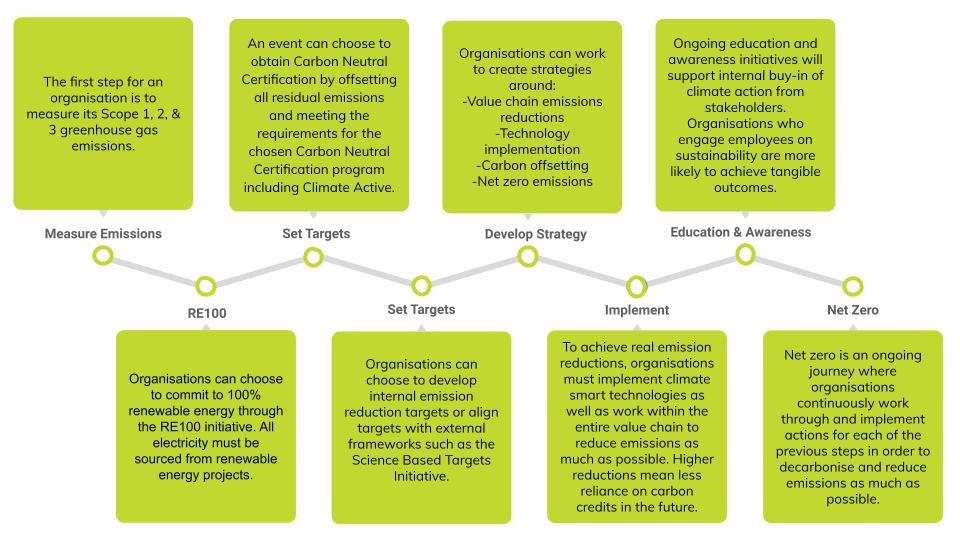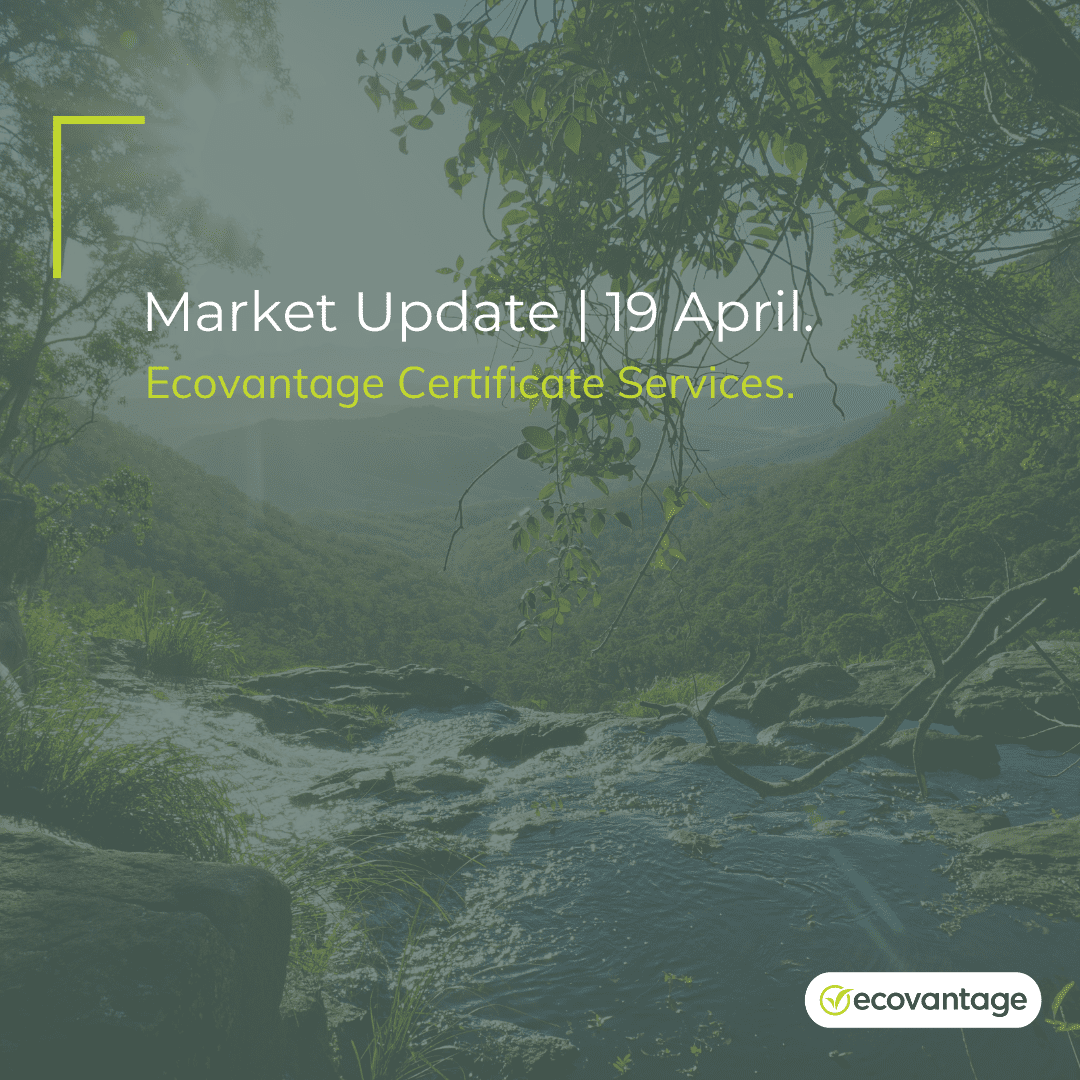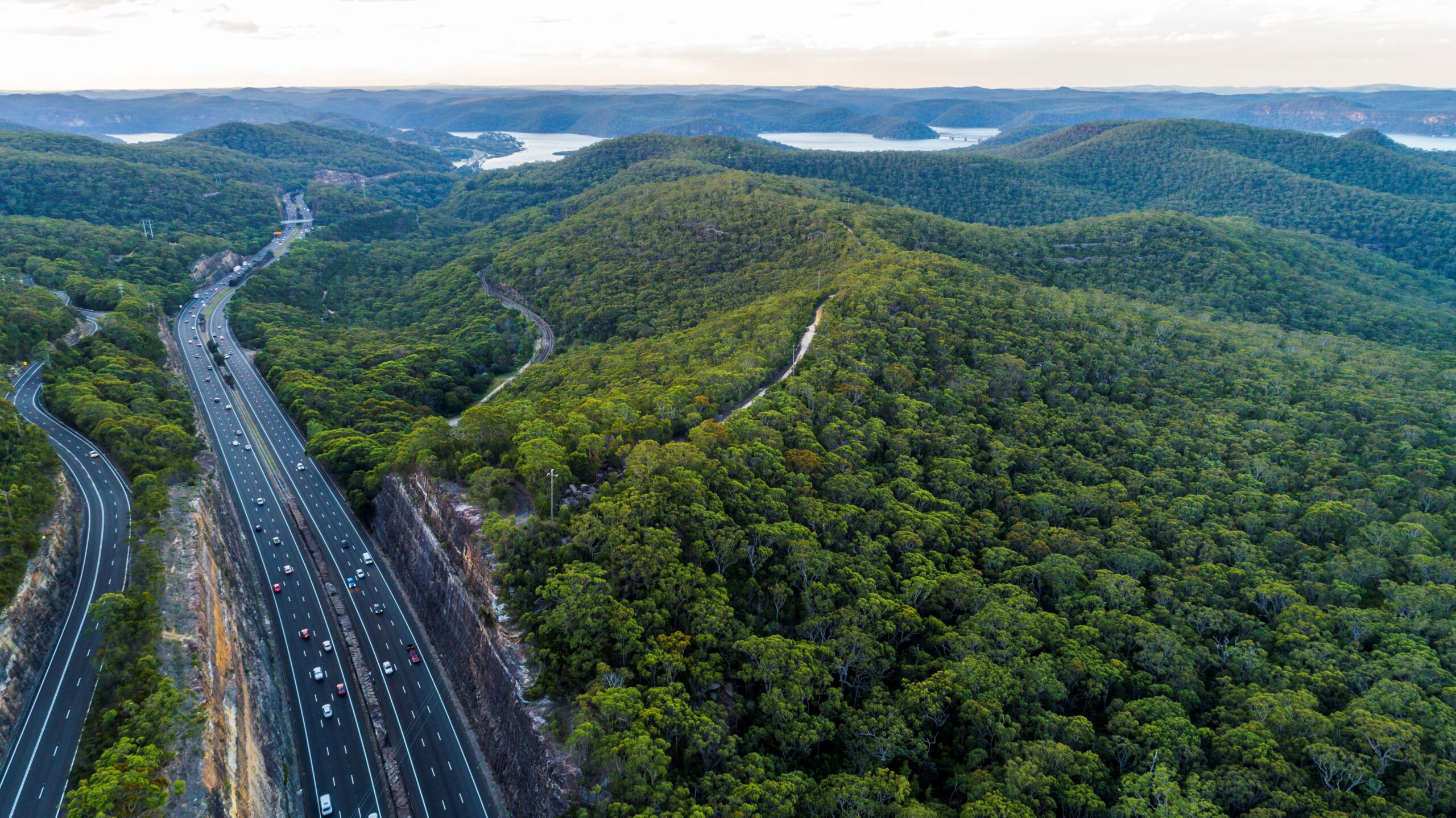I want to take climate action, but don’t know where to start
In order to avoid catastrophic consequences, global warming must be limited to 1.5OC by 2050. Governments around the world are setting targets to attain net zero emissions by 2050 but it is likely that these targets will not be met or be enough to limit further warming. As such, organisations must now step up to set ambitious targets and reduce emissions across their entire value chain.
Many organisations want to take climate action but don’t know where to start. This article outlines the Climate Journey and the various steps that organisations can take on their path to net zero emissions.
The Climate Journey
Sustainability is an ongoing journey and is a stepwise process that must be taken over time. Organisations must go through iterations of emissions measurements, strategy development, and implementation in order to eventually attain net zero emissions. Ecovantage refers to this as the Climate Journey, which has been summarised in the diagram below.


Many organisations want to take climate action but either don’t know where the best place to start is, or the different pathways that are available. No one company is the same and as such, understanding the options and best pathway for your organisation is imperative when beginning your journey.
Emissions Inventory
An emissions inventory is an account of all Scope 1, 2, and 3 emissions an organisation emits over a measured period which is usually one year. Carbon emissions are quantified in tonnes of carbon dioxide equivalent (tCO2e). Using the methodology outlined in frameworks such as the Greenhouse Gas Protocol, organisations are able to obtain an understanding of both their direct (Scope 1) and indirect (Scope 2 & 3) emissions.
An emissions inventory is the first step an organisation must take on its Climate Journey to understand its impact. An understanding of baseline emissions can identify top emission areas and organisations can start to develop pathways to achieving reductions. This data is imperative to support the development of reduction targets and measure progress over time.
Key Considerations
Once an emissions inventory has been completed, how an organisation chooses to proceed is highly dependent on the following factors:
- Timing – organisations work on fixed cycles and right now may not be the right time for your organisation to progress on its Climate Journey. Instead, understanding options available can provide you with the ability to better plan for future work your organisation may want to undertake.
- Availability of resources – developing robust emission reduction strategies requires significant stakeholder involvement as well as resources from internal and potentially external members. The availability of internal resources will dictate the level of work which can be undertaken within the organisation. If resources are strained, this work can be either completed collaboratively or solely with a consultant, such as Ecovantage.
- Available capital – organisations may have ambitious goals to achieve specific targets. However, depending on the availability of capital, carbon neutrality or even 100% renewable energy goals may be difficult to achieve. With the cost of carbon credits expected to continue to rise, creating internal strategies to hedge against future costs may become imperative.
- Goals – organisational goals may differ and depending on what yours is trying to achieve, you may choose one of numerous pathways. Consulting with climate specialists can provide education around different opportunities available and provide you with the best way for your organisation to move forward.
RE100
RE100 is a global initiative which supports business commitments to obtain 100% renewable energy. Through this initiative, organisations set consumption
targets to work towards using 100% renewable electricity by a target date. With large organisations marking this switch, achieving zero emissions grids by 2040 is becoming more viable.
Renewable energy consumption is accounted for under Scope 2 emissions. When organisations procure renewable energy, Scope 2 emissions can be drastically reduced or eliminated completely. This can act as a great first approach for organisations looking to decarbonise emissions. Renewable energy can be procured through the purchase and retirement of renewable energy certificates such as LGCs, GreenPower as well as through power purchase agreements.
By participating in RE100, not only would you be supporting the global transition to renewable energy but would be actively decarbonising your own emissions as well.


Carbon Neutral Certification
For organisations looking to take a step further, Climate Active is a federally administered carbon neutral certification program. Designed for organisations, products and services, events, buildings, and precincts, the program supports the transition of Australia’s economy towards a more sustainable future. Organisations must measure their greenhouse gas emissions inventory and purchase carbon credits for all emissions annually.
Climate Active requires organisations to neutralise emissions from Scope 1, 2, and 3 sources ensuring coverage across the entire value chain. In addition to this, organisations must develop an emission reduction strategy to minimise emissions from all areas. Emissions must be reduced by at least 30% over the next 10 years.
Net Zero Target Setting
The final step on the Climate Journey is to attain net zero emissions. This requires significant resources as well as rapid and deep decarbonisation. Organisations setting net zero targets are encouraged to first reduce emissions internally, then within their value chain, and finally though beyond value chain mitigation or through the purchase of carbon credits.
Setting net zero targets is performed in line with the Science Based Targets Initiative (SBTi) Net Zero Standard. The standard requires targets of 50% reductions by 2030 and 90-95% reduction by 2050. In order to achieve net zero, total emissions must be reduced as much as possible by 2050. Residual emissions must then be removed through the purchase of carbon removal credits.
The SBTi is an internationally recognised standard and organisations around the world are stepping up and setting ambitious targets. These targets must be backed by a tangible emission reduction strategy, which is why achieving net zero emissions is the last step on an organisation’s Climate Journey.
How Ecovantage can help
Ecovantage is an industry leader in climate solutions and supports organisations on their journey to 100% renewable energy, carbon neutrality, and net zero. Our Decarbonisation Unit can provide the expertise required to support your organisation on its Climate Journey. From emissions inventories to strategy development and target setting, our team of specialists can provide support. Contact our Decarbonisation Specialists to find out more.
Contact Us
 Victoria
Victoria




